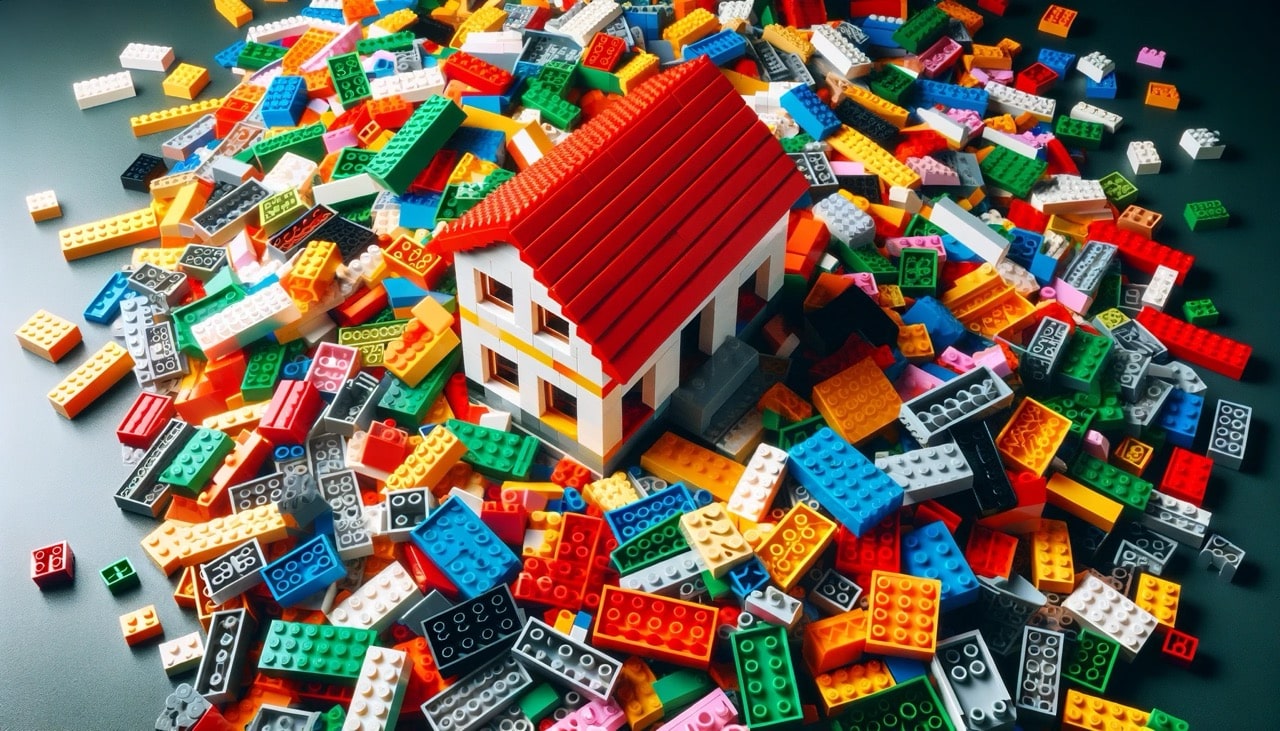
Design process matters – here are three reasons why
Have you ever paid attention to how your web service is being designed? How do the design and the technical implementation mesh together? I can promise that it’s not a given that they do. In this industry it is surprisingly common to see clumsy and unclear design conventions in use to the benefit of neither the client nor the service provider.
A good design process helps you create a consistent user experience throughout the web service, and tackles many challenges that project management faces. It also saves time and money. That’s why we here at Druid have made our design process a priority in the last couple of years.
“What should a design process be like?” you ask. Agile, efficient, and optimized – a process that can achieve the following three powerful advantages:
1. Scalability
A good design process makes it possible to create scalable design work. What scalability basically means is that instead of designing separate web pages, you design the components that web pages are built with.
What’s the use of scalability? For one, the user experience of your web design will be consistent when the same components repeat throughout the service. A seamless and effortless user experience is a crucial factor in the digital world when you try to turn users into customers. Secondly, scalable design saves time and energy (and therefore costs), because you don’t have to design everything separately from scratch. This means more results with less trouble.
What about when you want to update the styles of your site? That is where a style guide comes into play. Style guides allow you to make site-wide style updates and to easily modify the styles of your components. And since all the changes are updated into all of the components at the same time, the consistency of the site’s styles can easily be maintained.
2. Cost-effectiveness
A good design process ensures that your service is being built cost-effectively. Just the scalability of the design work alone creates considerable savings. Another aspect that factors in on the costs is agility of the design work and its synchronization with the technical implementation of the project.
When the design and the implementation of a project move ahead concurrently in cycles, possible issues and solutions can be considered ahead of time and from several points of view. When using the right tools, design solutions can be tested and iterated at an early stage. This way you can avoid many potentially burdensome and laborious modifications at a later stage.
If, however, you’re using a straight production pipeline where the design and implementation follow each other chronologically, you can easily find yourself in a situation, where you’ve used too heavy a toolset prematurely and spent money designing something “too” fancy before the client’s actual needs are even known and understood.
We tend to create lightweight prototypes of the components we design before creating them for the actual system. This way you, as our client, get to give us your input at an early stage – before modifications and changes are laborious and expensive.
3. Better basis for success
A good design process provides excellent tools for managing the expectations of the customer and helps the customer be a part of the process from the get-go.
When the design process is on point and clearly communicated, it helps the customer to better understand the roles of both parties and the division of work between them. The client will also know when to give input and what kind of input is expected from them. When the client is an integral part of the team, unfortunate surprises can be avoided by both parties, and it becomes more transparent how fast things can realistically be achieved.
At Druid, every project starts with a design kickoff. During the kickoff we and the client go through how we carry out our projects. We agree the goals and the metrics with which we measure success. And as is fitting with the agile methodology, the goals and metrics may refocus or reform as the project progresses; the further the project develops, the more we learn and the wiser we become.
As you can see, flexible and clearly defined design process can provide considerable advantages. How do we handle this in practice? Contact us and we’ll tell you more!


